The rapid development of technology has revolutionized almost all aspects of our lives. To move forward we should harness the power of technology and computerized equipment to build the grid of the future, one that can manage and automate the increasing complexity and needs of electrical power.
You might have heard the term “Smart Grid” or “Smart Electric Grid” on the news or from your energy supplier. The term “Electric Grid” refers to a network of transmission cables, transformers, substations, and systems that delivers electric power from the generating station (power plant) to your house or office. The contemporary electric grid system we use today was built nearly 130 years ago (the 1890s) and evolved as technology and engineering advanced through the decades.
Let’s dive into the topic and get familiarized with the concept of Smart Grid.
What is a Smart Grid?
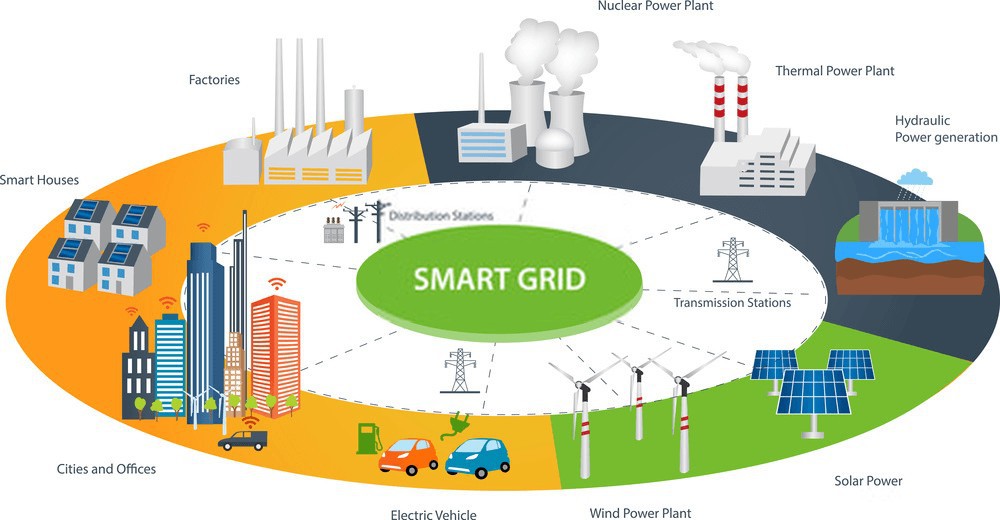
A smart grid refers to an electric grid that’s integrated with a computerized, two-way communication network between a utility and its customer. Smart grids will be fitted with advanced controls, computers, automation and new technologies (AI, IoT, ML, Block-chain…), and other technical equipment working together. Smart grids have sensors installed that gather and transfer data. The data when processed into useful information in turn makes it possible to automatically adjust electricity flows.
Smart grid can tune itself to an ideal state of performance, delivering electric power consistently, even during peak usage hours and locating the potential problem areas and service disturbances by using a real-time energy monitoring system. It can separate the faulty part of the electrical network in order to prevent small-scale, brief interruptions from turning into region-wide and lasting power outages.
Benefits of Smart Grid
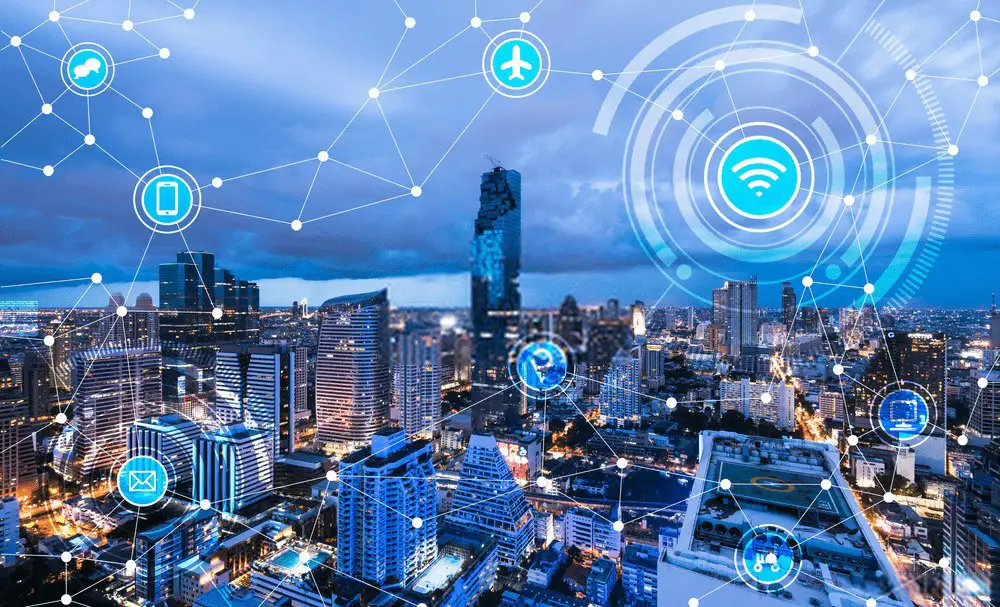
Smart Grids are the future of electric grids and will be an essential part of smart cities. The benefits associated with Smart Grid include:
- More Efficient Transmission of Electric Power
- Self-healing (fault detection and isolation) capacity
- Manageable peak demands (lower electricity bills)
- Better & reliable energy management
- Reduced management and operation costs (lower electricity bills)
- Integration of renewable energy systems and other power generating plants
- Energy saving
- Overall cost saving
In addition to these, smart grids will cut the industry’s carbon emissions by %25, according to the US department of energy.
Giving Consumers the Control
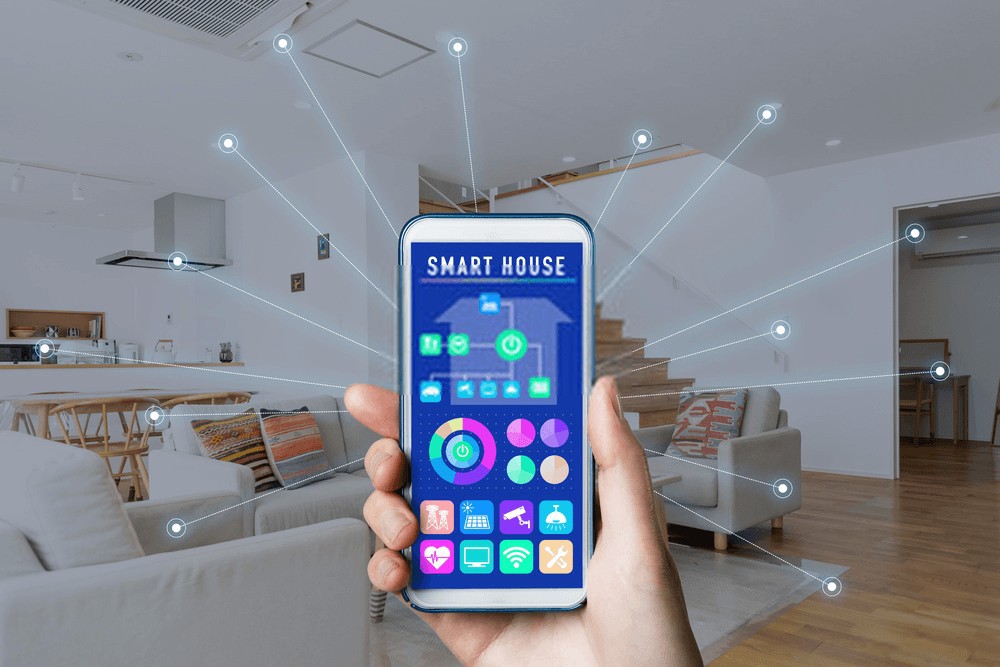
Smart Grid will give consumers control over their energy usage by providing them a real-time electric power usage dashboard. This means that as a consumer, you will be able to monitor your electricity usage in real-time combined with real-time pricing; without waiting for your monthly statement to know how much electricity you use. You will save more with smart grids – even more, if your use renewables to generate your own power.
The Smart Grid is in its infancy. The infrastructure for the smart grid requires lots of investments and it will take time to reach its full potential. The United States has spent over $7.8 billion USD on the improvement of smart energy grid infrastructures.




![Types of Engineers and What they Do [Explained]](https://www.engineeringpassion.com/wp-content/uploads/2022/04/types-of-engineers-and-what-they-do-280x210.jpg)





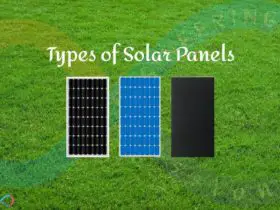
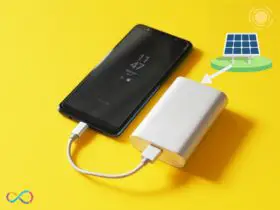
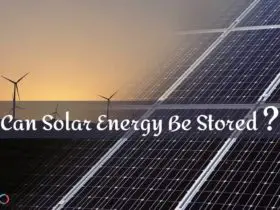
Leave a Reply